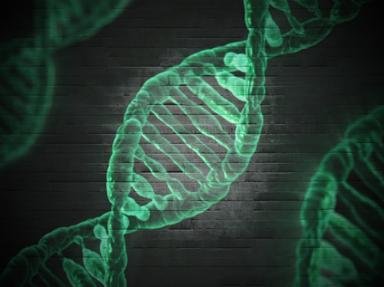Quiz Answer Key and Fun Facts
1. What does the abbreviation DNA stand for?
2. The discovery of the structure of DNA by Watson and Crick (and others) is a well documented story. However, the isolation of this molecule from a body fluid was actually first performed in 1869. This body fluid was?
3. DNA contains which of the following elements?
4. Most people now recognise that it was Watson, Crick, Wilkins and Franklin who deciphered the structure of DNA. Who, and where, made the first public announcement of this discovery?
5. DNA regularly undergoes changes to its structure that can be inherited or cause diseases (for example cancer). This is known as?
6. Which of these is NOT a base in DNA?
7. What type of mature cell in the human body does not have DNA?
8. The amount of DNA that an organism has (its genome size) does not correlate to its number of actual genes (i.e. DNA that codes for gene products, proteins and RNA). This paradox, or enigma, is commonly known as?
9. In laboratory science, we routinely amplify DNA which makes many specific copies of the template to further analyse and manipulate it. This procedure is known as?
10. DNA (or the related polynucleotide RNA) can be found in nature in virtually every biological process that depends on replication. Which of the following do not require their own DNA or RNA to propagate (note this is still controversial!)?
Source: Author
Julianrob77
This quiz was reviewed by FunTrivia editor
WesleyCrusher before going online.
Any errors found in FunTrivia content are routinely corrected through our feedback system.

